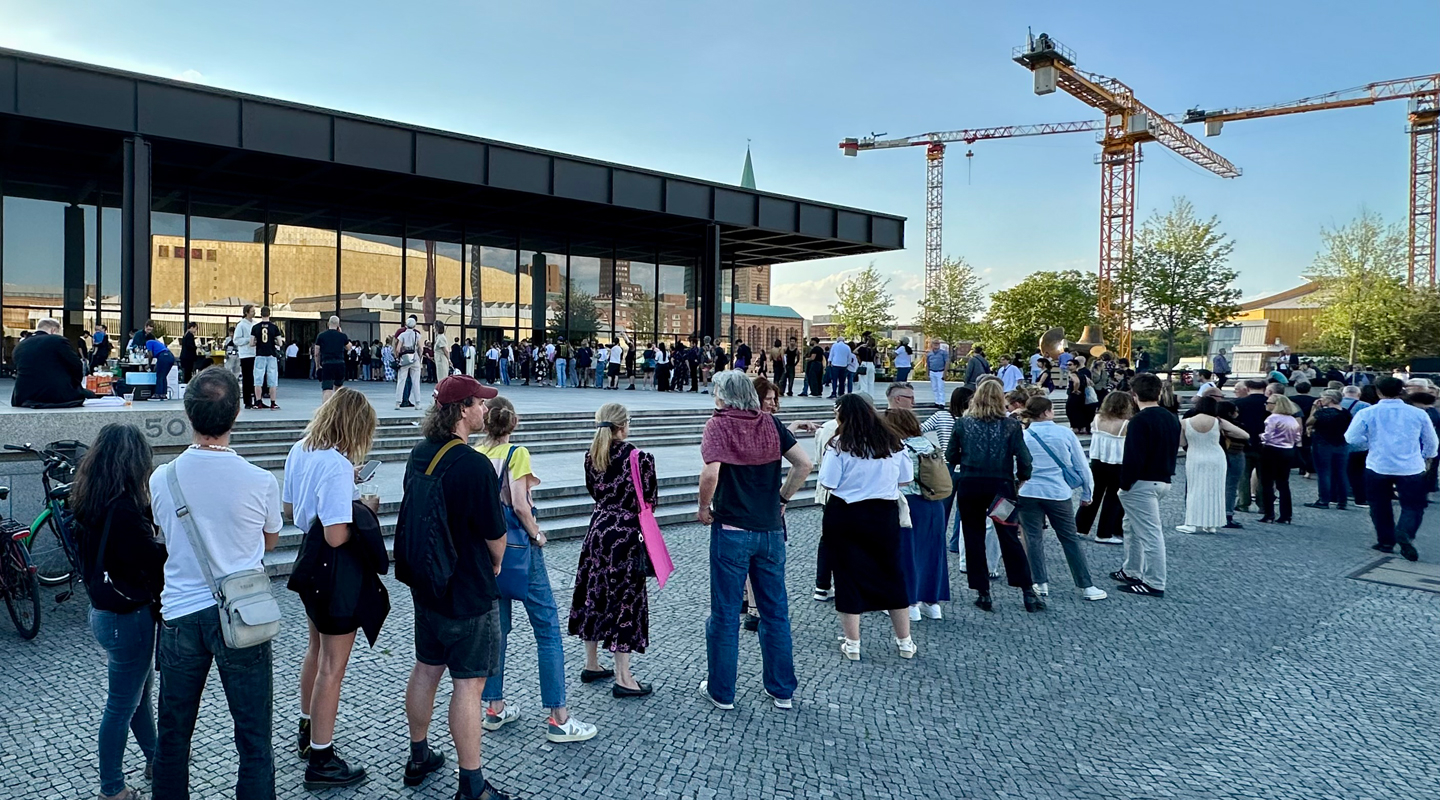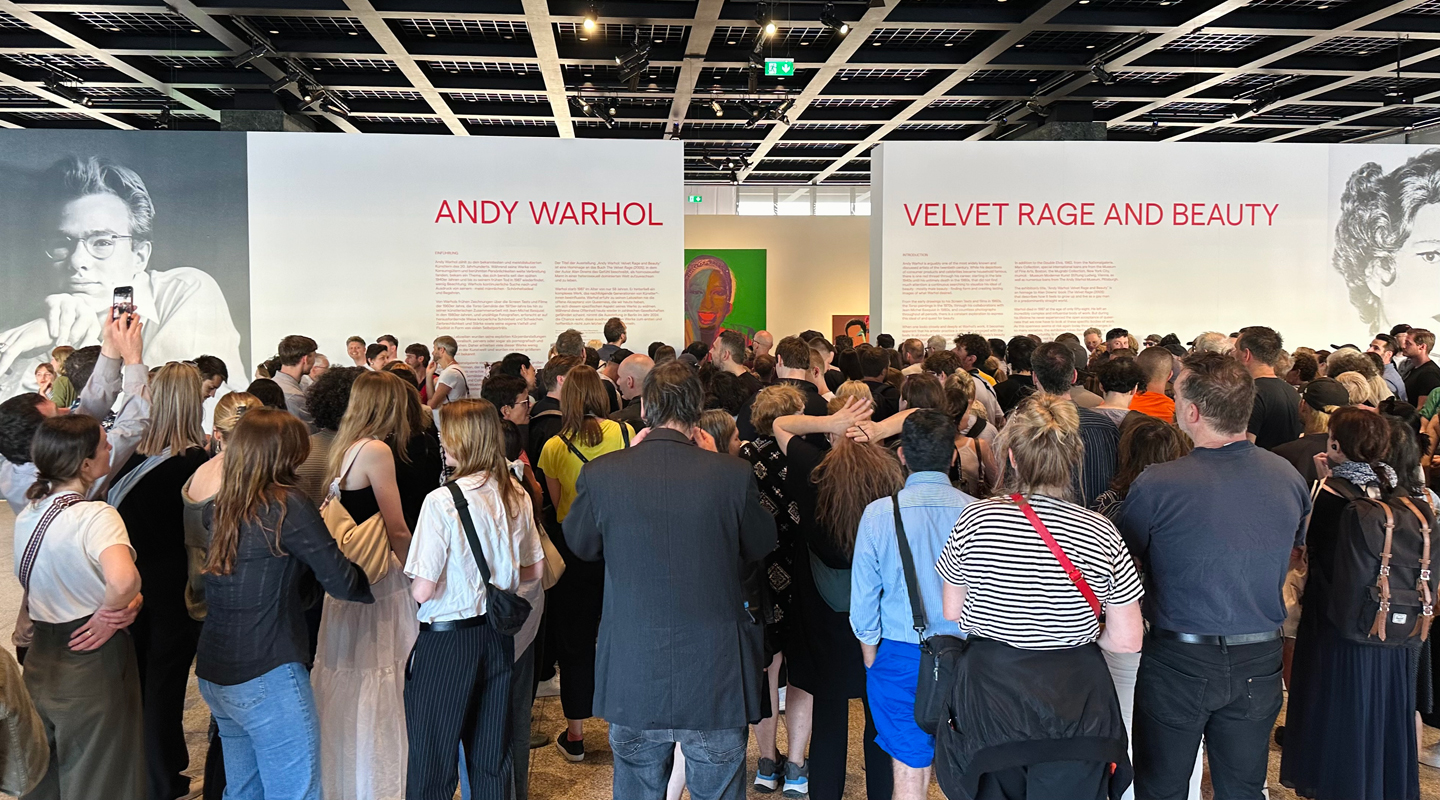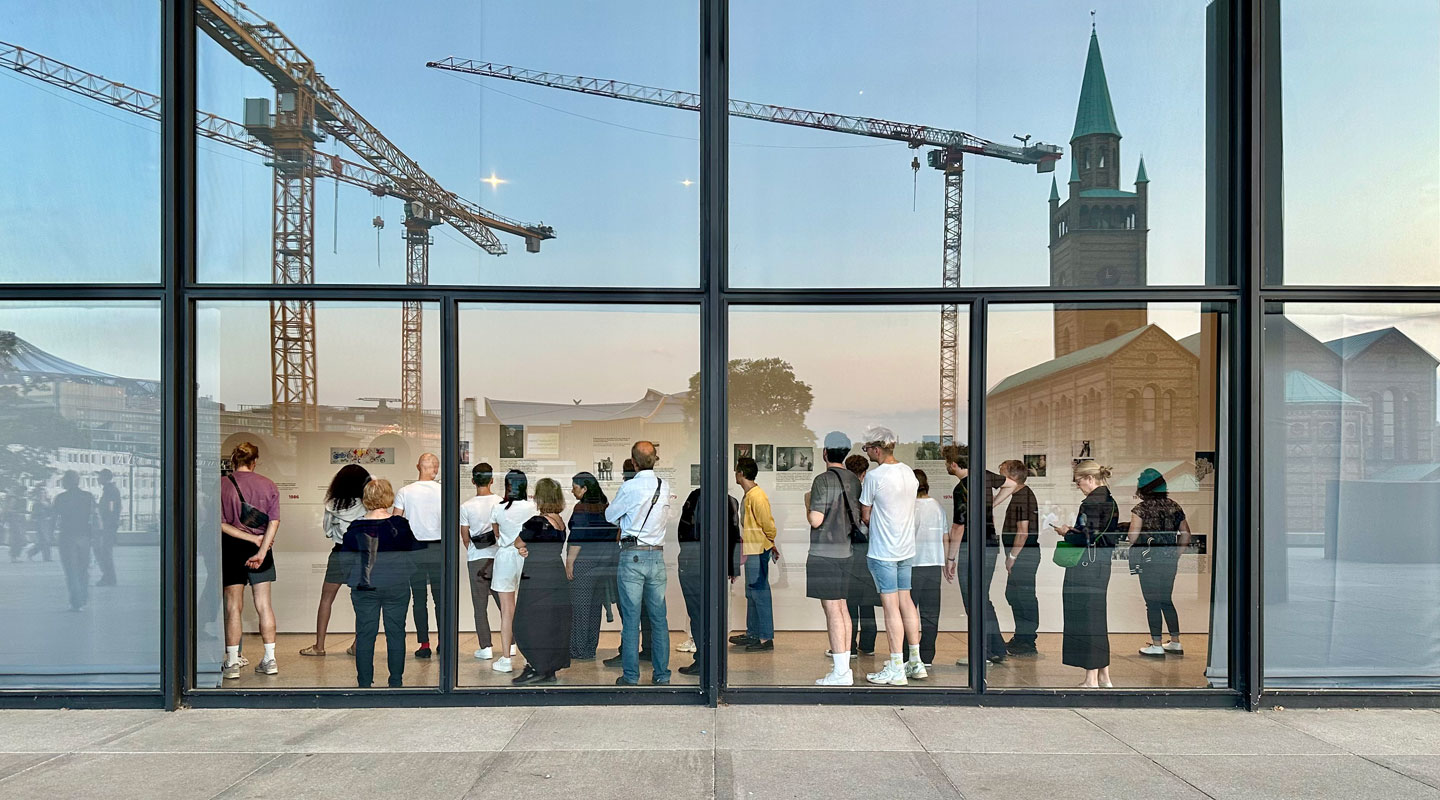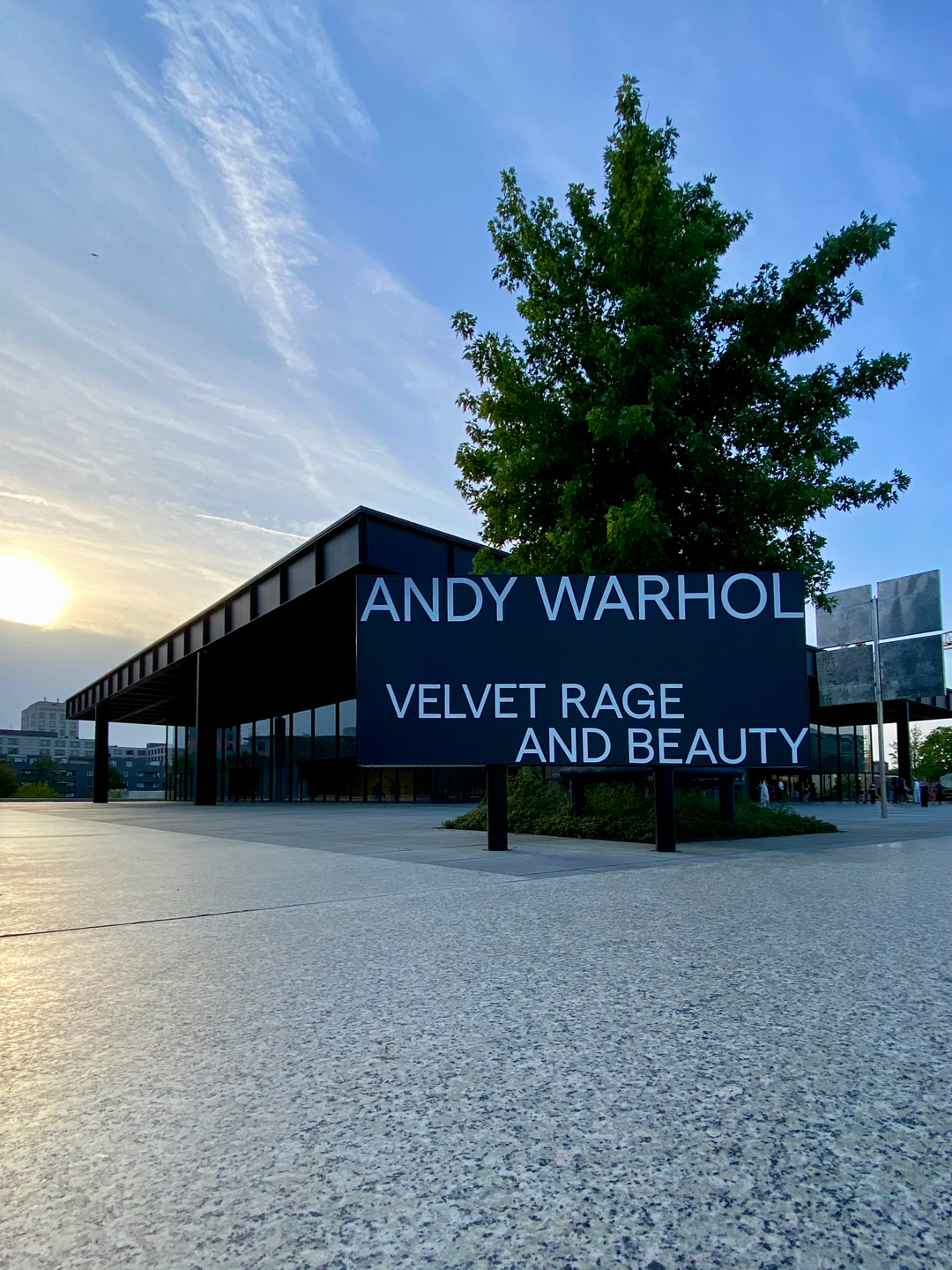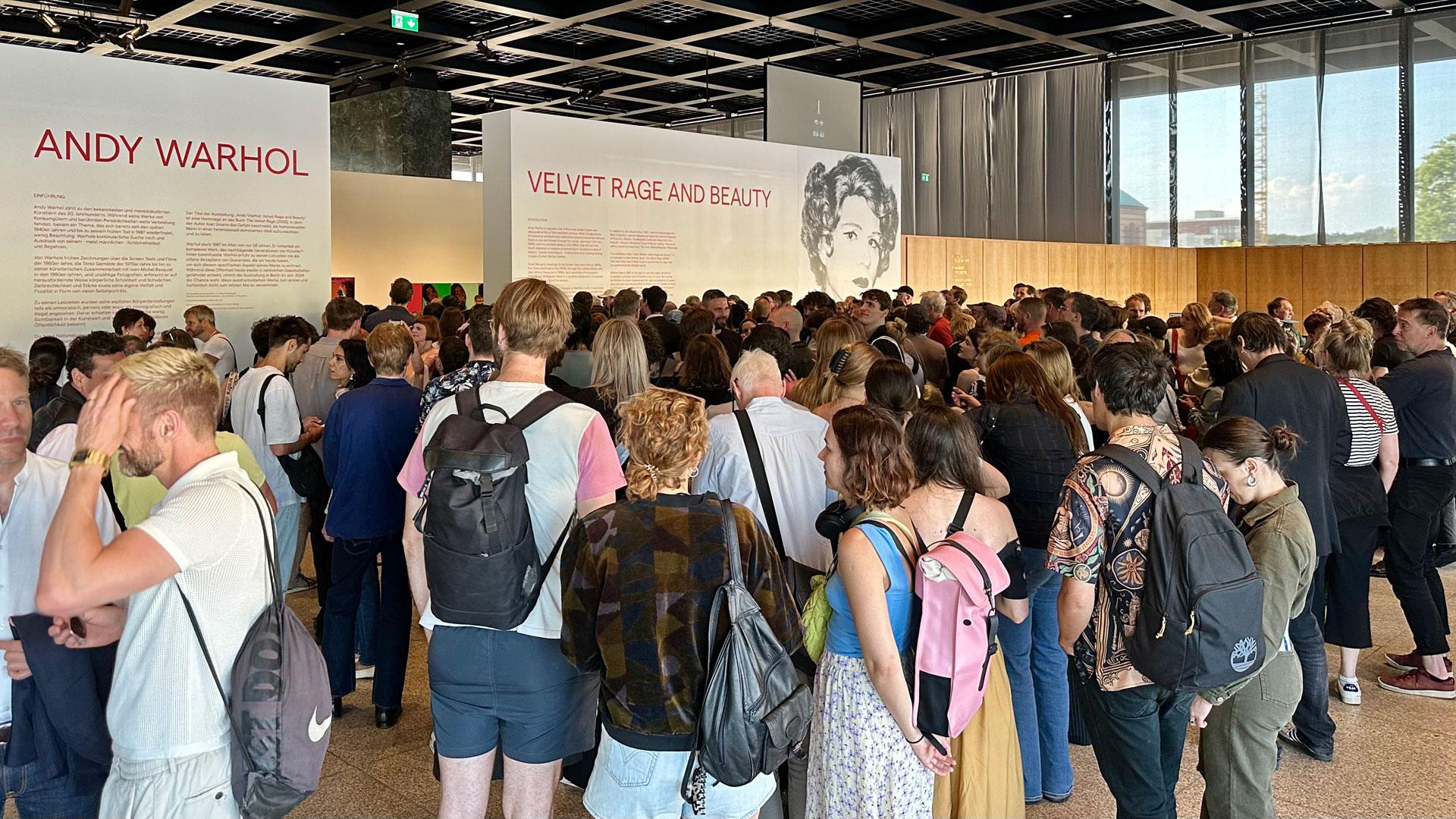

Opening
DATE
08.06.2024
LOCATION
New National Gallery
PHOTOS
FRIENDS of the National Gallery
Andy Warhol is one of the most famous and most discussed artists of the 20th century. While his works of consumer goods and famous personalities were widely distributed, a theme that had been present since the late 1940s and until his untimely death in 1987 received little attention: Warhol's continuous search for and expression of his - mostly male - ideal of beauty and desire.
From Warhol's early drawings to the screen tests and films of the 1960s, the torso paintings of the 1970s, to his artistic collaboration with Jean-Michel Basquiat in the 1980s, and countless photographs, he explores physical beauty in challenging ways and weaknesses, fragility and strength as well as his own diversity and fluidity in the form of many self-portraits.
During his lifetime, his explicit physical representations were sometimes viewed as immoral, perverted or even pornographic and illegal. As a result, many of these works received little visibility in the art world and were never known to a wider public.
For the first time, the Neue Nationalgalerie is putting together a large overview that focuses thematically on this central aspect of Warhol's various creative phases. With more than 300 paintings, prints, drawings, photographs, Polaroids, films and collages, the exhibition enables a comprehensive and inclusive understanding of the artist Andy Warhol, whose work never had a real “proud coming out” during his lifetime.
In addition to the Double Elvis, 1963 from the Nationalgalerie, Marx Collection, special international loans come from: Museum of Fine Arts, Boston, Mugrabi Collection, New York City, mumok - Museum Moderner Kunst Stiftung Ludwig, Vienna, as well as a large number from the Andy Warhol Museum, Pittsburgh.
The title of the exhibition “Andy Warhol: Velvet Rage and Beauty” is a homage to the book The Velvet Rage (2005), in which author Alan Downs describes the feeling of growing up and living as a homosexual man in a heterosexually dominated world.
Warhol died in 1987 at the age of just 58. He left behind a complex body of work that influenced subsequent generations of artists. During his lifetime, Warhol never experienced the open acceptance of queerness that we have today in order to devote ourselves to this specific aspect of his work. While this openness seems to be at risk again in many societies today, the exhibition in Berlin in 2024 takes the opportunity to bring together these expressive works for the first and hopefully not the last time.
The exhibition is curated by Klaus Biesenbach, director of the Neue Nationalgalerie, with Lisa Botti, co-curator.
Curatorial assistance: Nikola Richolt.
A catalog will be published by Prestel Verlag to accompany the exhibition.

